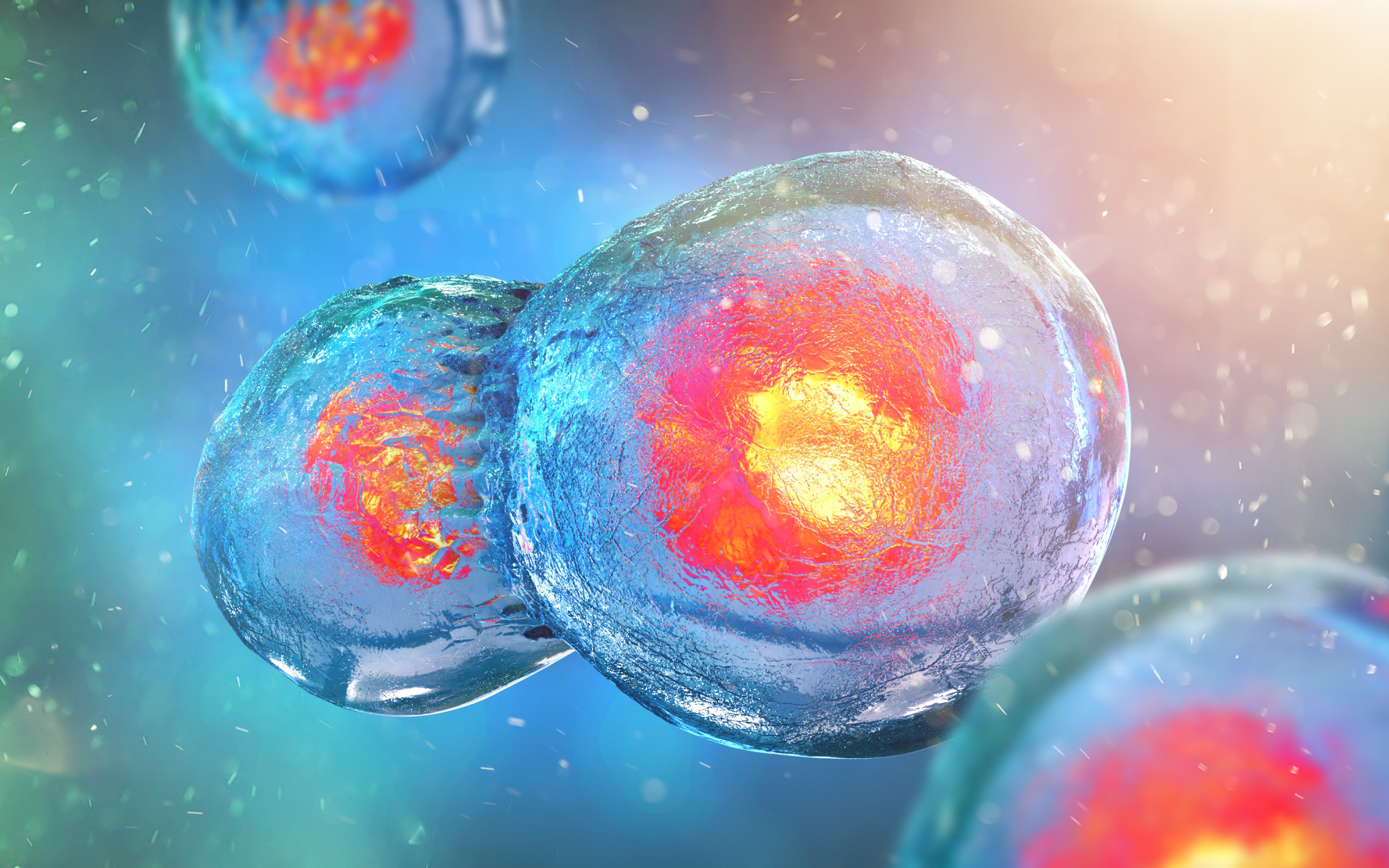
More than a million people around the world have been treated with adult stem cells.
Stem cells are a major part of the medical research industry today.
But, what are the different types of stem cells? And where do they come from? Read on to learn about the different types of stem cells.
Table of Contents
Totipotent Stem Cells
Totipotent stem cells are ones that are able to divide themselves, which gives them the possibility of renewing themselves. These cells are thought to be more flexible and have more uses than pluripotent stem cells. However, scientists aren’t yet sure how totipotent stem cells can be used to improve our lives yet.
Pluripotent Stem Cells
This type of stem cell can transform itself into almost any cell. Mainly, these cells can become any part of the body that exists once the body is fully formed. However, these cells cannot become umbilical cords or placentas.
These stem cells can be used for a variety of different purposes. They can be used in labs to create models of how diseases develop, so that scientists can figure out how they’re originally triggered.
Multipotent Stem Cells
This type of cell can eventually develop into many different types of cells. However, they’re much more limited than totipotent stem cells and pluripotent stem cells, since they can only transform into certain types of stem cells. These types of stem cells are the kind most commonly used in clinical settings.
Oligopotent Stem Cells
A more limited variety of stem cell is the oligopotent stem cell, which can only become very closely related types of cells. Some examples of oligopotent stem cells include myeloid stem cells and lymphoid stem cells.
Unipotent Stem Cells
Unipotent stem cells can only become the type of cell it originally was. These are the most limited type of stem cells. Some examples of specific unipotent stem cells include epidermal stem cell
These stem cells are still self-renewable, despite the fact that they can’t transform into other types of stem cells.
Sources of Stem Cells
Stem cells can come from different sources, which can change what type of stem cells they are. These stem cells are also used for different purposes.
Of course, all different types of stem cells are a powerful tool for scientists. Stem cell research is completely transforming the medical industry. Stem cells can be used to test experimental drugs, to make sure that they work and won’t cause any problems for users.
Embryonic Stem Cells
Embryonic stem cells are stem cells that come from embryonic tissue. These cells are pluripotent stem cells. They can be obtained from the blastocyst. They’re usually obtained from donated embryos, which are usually left over from people doing fertility treatments such as in-vitro fertilization.
Scientists are still studying embryonic stem cells closely. In order to be able to use them to their fullest potential, they’ll need to figure out how these develop.
But, some research has already shown how embryonic stem cells can help with various health issues. Scientists believe that stem cells may be able to regenerate insulin-producing cells, which would relieve problems such as diabetes.
Embryonic stem cells may eventually be used to treat injuries to spinal cords or skin burns. Research is also exploring how these cells could benefit people suffering from diseases like Parkinson’s Disease, osteoporosis, heart disease, and Huntington’s Disease.
Induced Pluripotent Stem Cells
Some types of stem cells are specifically created in a lab by scientists. These stem cells are referred to as induced pluripotent stem cells. Scientists convert other types of stem cells into cells that share some of the properties of embryonic stem cells.
Scientists first created these cells in 2006, and since then they’ve been used in a wide range of different fields of medicine. These cells are currently being studied to see how they can help organ transplants be safer and more effective.
Tissue-Specific Stem Cells
These stem cells are also referred to as adult stem cells, because these stem cells are more developed. Tissue-specific stem cells can become the type of cell that operates from the part of the body it comes from. These cells can be found in many different parts of our body.
Unipotent stem cells and oligopotent stem cells are both tissue-specific types of stem cells. These stem cells are an important part of tissue renewal, particularly after an injury.
Mesenchymal Stem Cells
This variety of cells are cells that are formed out of our connective tissue. Mesenchymal stem cells are one of the types of multipotent stem cells. They’re most commonly found in our bone marrow. But, these cells can also be found in our third molars, amniotic tissue, and cord cells.
Mesenchymal stem cells can avoid immune system responses that other cells or tissues may trigger, which means that medical professionals don’t have to worry about rejection when they use these stem cells.
Mesenchymal stem cells can be used for chronic pain relief, so they have a lot of important applications. These cells can be used to repair and regenerate joint tissue and bone, which is great for older people, athletes, and other people who tend to be prone to injury.
Types of Stem Cells: Know You Know
Now that you understand the types of stem cells, you should understand their importance for revolutionizing medical science. Keep an eye on all the latest stem cell news coming out so you’ll be on top of the up-and-coming innovations.
Are you searching for more information on genetics and more? Take a look at a few of our other articles for all the facts you need.